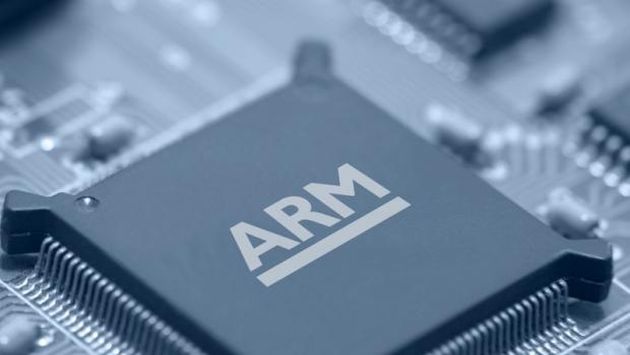ARM has made an intriguing and unexpected announcement at the beginning of the week. The company will release a suite of software solutions as well as dedicated processors for machine learning and object detection. #softwaremagic
Project Trillium is the name of the new venture under the ARM umbrella, which is comprised of a new machine learning processor, an object detection chip and the necessary software to implement the neural network (NN) models.
The dedicated IP core for NN model inferencing acceleration has a custom architecture that allows it to optimize memory management, which is crucial given the amount of data necessary for machine learning (ML) workloads. Plus, considering the fact that the data will be reused countless number of times, it’s very important to reduce the flow through the processor. It’s the obvious and immediate way to increase performance and efficiency.
HOW CAN IT BE USED?
ARM created this IP core to work either standalone within a SoC or as integrating part of a DynamiQ cluster.
WHY DO YOU NEED AN OBJECT DETECTION PROCESSOR, THEN?
The OD processor announced by ARM is meant to handle only one task – object detection. Of course, the ML one can do it but it won’t achieve the same level of efficiency.
HOW WOULD THEY WORK TOGETHER?
The company wants to deploy them as a pair, since the OD processor can select the areas of interest from an image and only then send them to the machine learning processor. As you can imagine, here more fine-grained processing is going to take place.
WHO WILL TAKE ADVANTAGE OF THEM?
The first generation of processors is meant to go to OEMs in the mobile industry. That said, ARM is going to expand the line to include other smart devices, as the architecture is scalable upwards and downwards.
A TREAT FOR DEVELOPERS?
Not to worry, developers will have access to the software necessary to implement the NN models starting today. ARM is going to give them access to it via website and on Github.
WHY IS PROJECT TRILLIUM IMPORTANT?
In order to match the fast pace of the world and its scientific progress, you need dedicated solutions to push technology at its maximum in terms of performance and efficiency.
Tests have showed that specialized IP cores are better at running machine learning tasks than CPUs. It’s no wonder that more and more companies specialized in software and hardware solutions are releasing dedicated IP cores – Huawei being the latest to make headlines for Kirin 970, which we talked about in length here.
While ARM’s Project Trillium is focusing on machine learning (ML) and object detection (OD) custom processors, there are others who complete the puzzle with hybrid solutions dedicated to imaging. On Pixel 2, Google has installed Pixel Visual Core, an in-house custom chip to accelerate the process in HDR+ mode and increase the efficiency of image processing. FotoNation (part of Xperi) is offering an IPU (image processing unit) to get higher performance, thus shorter execution times, plus lower power consumption. GoPro has worked with Socionext to create GP1, their first custom chip for Hero cameras.
Bottom line – ARM is a bit late to the game, but they would be foolish to ignore the direction in which the industry is going. Are they too late to the party or will they grab a big piece of the pie still? It remains to be seen.
Follow TechTheLead on Google News to get the news first.























